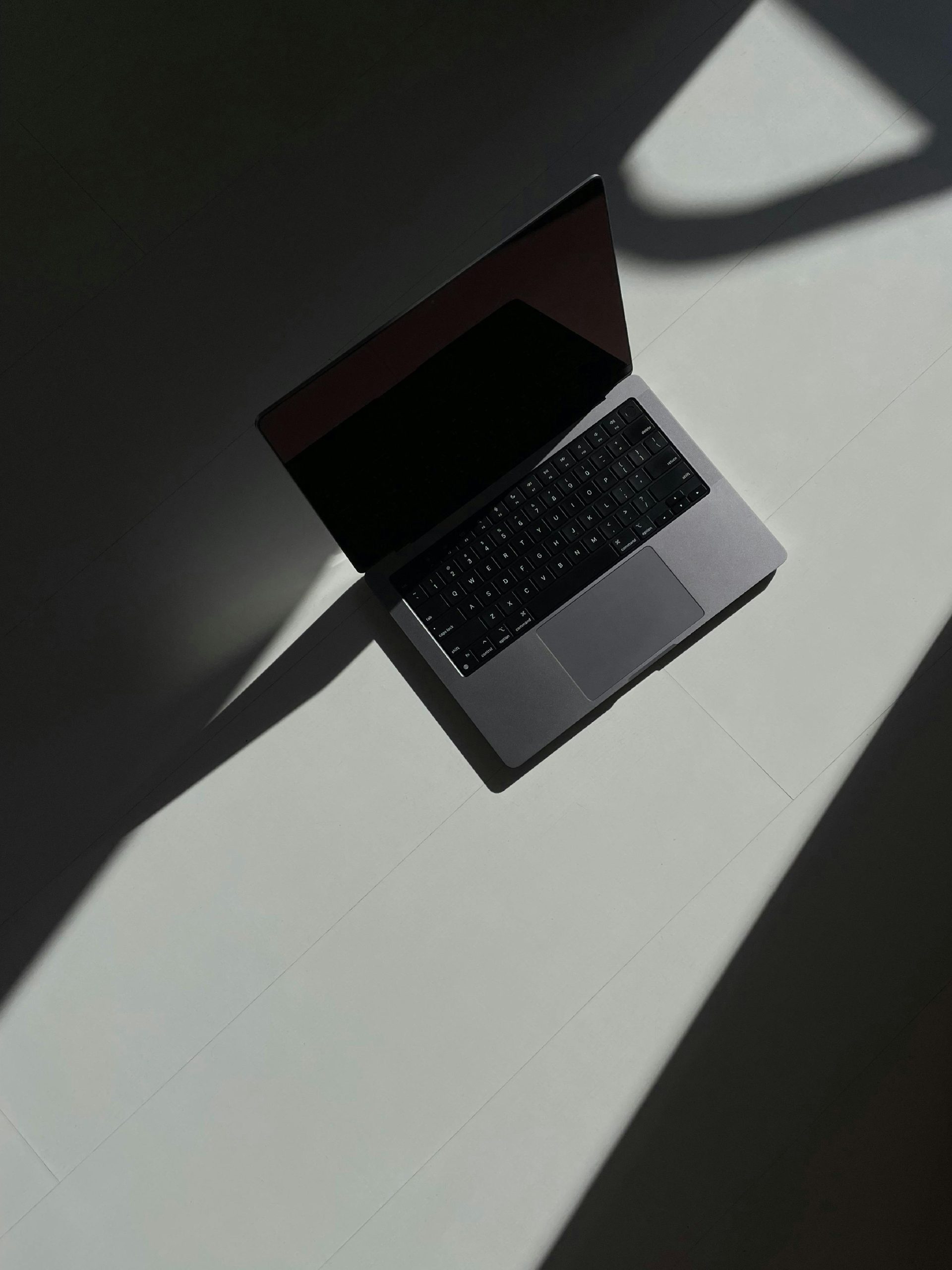Troubleshooting Slow Laptop Performance After Reboot: A Comprehensive Guide
Experiencing significant slowdown after rebooting your laptop, especially when multiple tabs are open, can be frustrating and hinder productivity. If you find that your HP laptop with 8 GB RAM tends to become sluggish after restarting with several browser tabs or applications open—even after closing them—the issue may not be immediately apparent. This article explores common causes, diagnostic steps, and effective solutions to help restore your device’s optimal performance.
Understanding the Issue
Your laptop exhibits increased lagging after a restart if multiple tabs or apps are left open beforehand. Interestingly, even after closing all apps or tabs, the sluggishness persists temporarily, only resolving after some time. Notably, task manager shows high RAM usage with low CPU and disk activity, suggesting RAM bottlenecks as a potential culprit.
Initial Troubleshooting Efforts
You’ve already undertaken several diagnostic and maintenance steps:
- Running DISM, SFC
/scannow, and CHKDSK/Fcommands. - Conducting Windows Memory Diagnostic (found no errors).
- Setting Windows to high performance mode.
- Reducing startup applications and background services.
- Defragmenting the SSD.
- Performing disk cleanup.
- Scanning for malware with Malwarebytes.
Despite these measures, the problem persists. This indicates the root cause may lie beyond typical disk or memory errors, perhaps involving software conflicts, background processes, or hardware limitations.
Potential Causes and Solutions
- Memory Management and Leak Issues
- Even though Windows Memory Diagnostic reports no errors, some applications or browser extensions may cause memory leaks, gradually consuming available RAM.
-
Solution: Monitor RAM usage over time using Resource Monitor (
resmon) or Process Explorer. Identify if any process is consuming excessive resources after reboot. Consider disabling or updating browser extensions and resetting browser settings. -
Browser-Related Factors
- Browsers often consume significant memory, especially with many open tabs. Some tabs or extensions may cause memory leaks.
-
Solution: Try launching your browser in incognito mode or creating a new user profile to see if performance improves. Use task manager’s details tab to check tab or extension usage.
-
Background Processes and Services
- Some background applications or system services might be consuming RAM or causing conflicts.
- Solution: Use Task Manager or Process Explorer to identify and disable unnecessary startup items. Consider performing a clean boot
Share this content:



